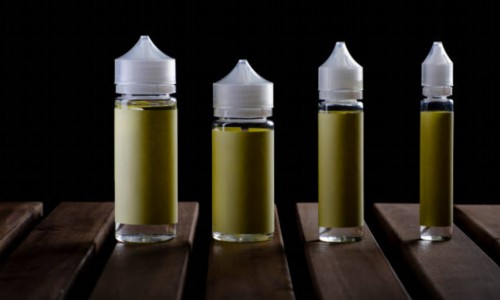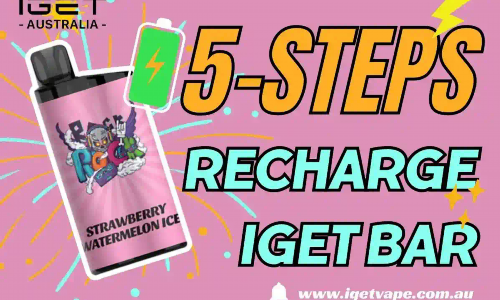
Is Vaping Safer Than Smoking? The Facts for Beginners
Vakai fakalukufua
The debate surrounding the safety of vaping compared to traditional smoking is a hot topic among health enthusiasts and smokers alike. This article provides an in-depth review of vaping, emphasizing product characteristics, user experiences, competitive comparisons, advantages and disadvantages, and an analysis of target user demographics.
Product Characteristics
Vaping involves inhaling vapor produced by an electronic cigarette or similar device. These devices typically consist of a battery, a heating element, and a cartridge filled with e-liquid, which contains flavored nicotine or non-nicotine solutions. Various types of vaping devices are available, including pod systems, vape pens, and box mods, each catering to different preferences in design, usability, and functionality.
User Experience
Users often report that vaping allows for a more customizable and less harsh experience compared to smoking traditional cigarettes. The variety of e-liquid flavors available, ranging from fruity to dessert-inspired, appeals to a broad audience. Additionally, many devices have adjustable settings that let users control their vapor production and nicotine intake. This flexibility often creates a satisfying experience for those making the switch from smoking.
Competitive Comparison
When compared to traditional smoking, vaping is often viewed as a less harmful alternative. While both practices come with health risks, vaping eliminates many carcinogens present in tobacco smoke. Competitors in the vaping market have also emerged, incorporating advanced technology such as temperature control and smart vaporizers, making their products more appealing to tech-savvy users. Ka neongo ia, some vaping products still share nicotine addiction concerns similar to that of traditional cigarettes.
Advantages

1. Reduced Harmful Compounds: Vaping is generally recognized for containing fewer harmful substances compared to smoking, reducing the risk of smoking-related diseases.
2. Customizable Options: Users can choose from a wide array of flavors and nicotine levels, allowing for a more personalized experience.
3. No Offensive Odor: Vaping often produces less odor compared to traditional tobacco smoke, making it a more socially acceptable choice.
4. Convenience and Discretion: Many vaping devices are compact and discreet, making them easy to use on-the-go without the need for lighters or ashtrays.
Disadvantages
1. Health Concerns: Although considered safer, vaping is not entirely without risks; potential long-term health effects are still under research.
2. Nicotine Dependence: Many users may continue to be dependent on nicotine, which is addictive regardless of the delivery method.
3. Regulatory Uncertainty: The vaping industry faces ongoing regulatory scrutiny, which can lead to constantly changing product availability and health guidelines.
4. Device Reliability: Issues such as battery life, malfunctioning components, and variable quality among products can impact user satisfaction.
Target User Demographics
The target demographic for vaping products predominantly includes young adults and individuals looking to quit smoking. It appeals to those interested in exploring healthier alternatives while enjoying a personalized experience. The growing trend among millennials and Gen Z highlights a lifestyle choice that favors the technological and flavorful aspects of vaping. Moreover, occasional users seeking social experiences may also find vaping more attractive than smoking.
In summary, vaping presents itself as a multifaceted alternative to smoking, with distinct advantages and disadvantages that vary according to user needs and experiences.


